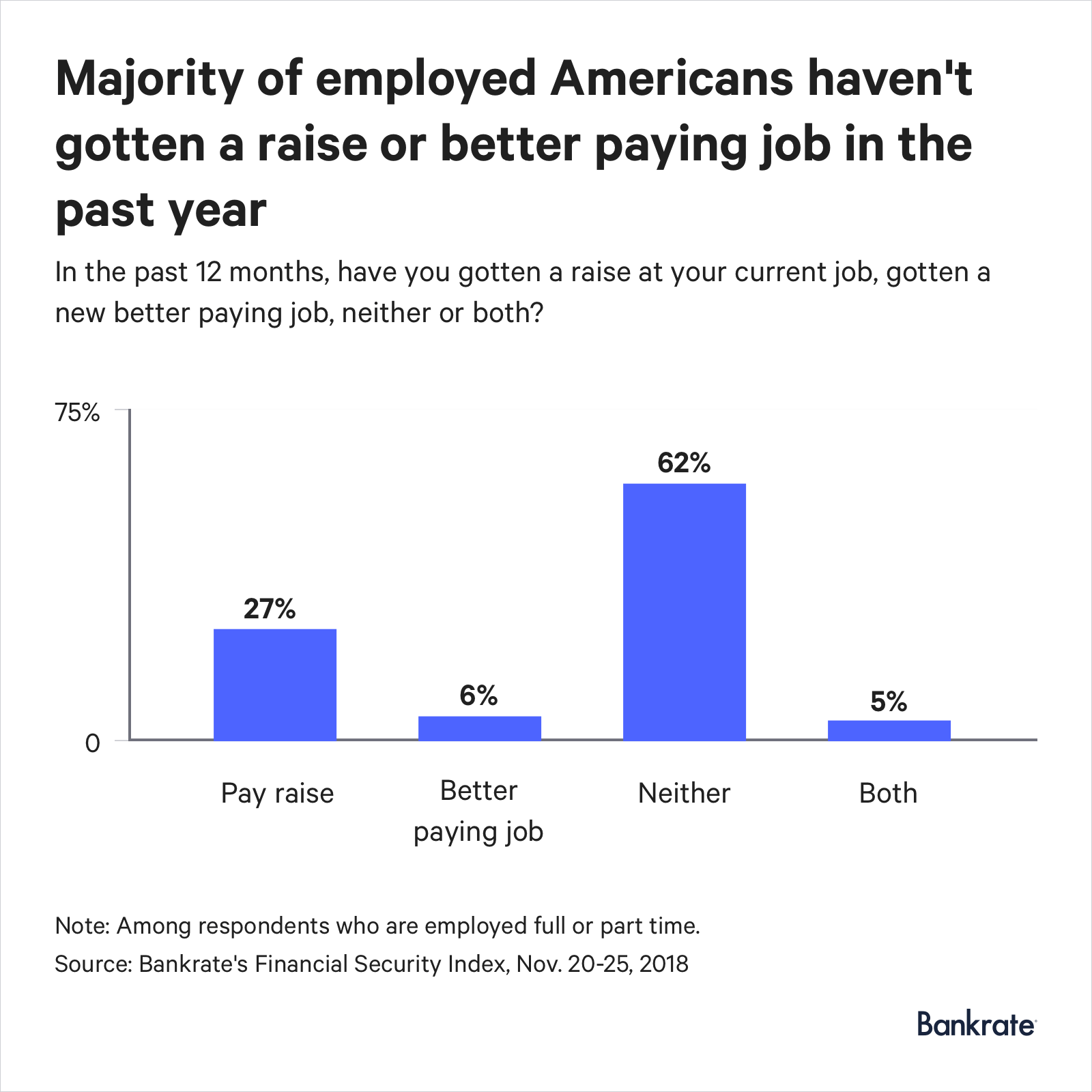Here’s how much Americans make based on what time they show up for work

The Bankrate promise
At Bankrate we strive to help you make smarter financial decisions. While we adhere to strict , this post may contain references to products from our partners. Here's an explanation for .
Go ahead, hit that snooze button again. Starting your workday earlier won’t necessarily set you up for financial success, according to a Bankrate analysis of Census data.
A growing number of workplaces are allowing employees to work flexible hours or remotely. Employers are increasingly more interested in what workers are producing rather than what’s on their timecards.
There’s been a shift away from the concept that the person who comes in the earliest and works the longest is the best employee, says Suzanne Goulden, a director in the human resources department of the Society for Human Resource Management.
“Putting time in the office is important, but it’s not the only thing that’s important,” Goulden says. “The quality of someone’s work and their work results are important too — I’d say more important probably.”
Workers who arrived at work between 8:30 a.m. and 9 a.m. tended to earn the most with a median annual pay of $51,472, according to a Bankrate analysis of 2013-2017 public use microdata sample from the U.S. Census Bureau.
The amount was not significantly higher than what U.S. workers made who showed up during the 30 minutes earlier ($50,199) or later ($49,736), the analysis of full-time workers shows.
The least-lucrative time to arrive at work seems to be between 4 p.m. and 4:30 p.m. ($31,584) based on the data. But again there was not a major pay difference for those who started during the half hour earlier ($32,133) or later ($34,361).
The analysis excluded those who typically work from home as well as those work fewer than 35 hours per week or 50 weeks of the year.
“If you have the ability to go to work and be present, it’s not going to hurt you,” says Lynn Berger, a career counselor and coach based in Manhattan.“The most important thing is to be a productive employee and be highly valued. The key is to get your work done whether you’re in the office or not in the office.”
Workers can show their willingness to take on more work, pursue projects valued by their bosses and be positive players in the workplace to show their value, she says.
The nature of face time at work is changing
Employers increasingly allow employees to work when and where they need to, according to research from the Society for Human Resource Management.
More than half (57 percent) of employers allowed at least some ability for workers to choose their hours in 2018, according to the SHRM research.
The most common type (55 percent) of flextime employers allowed was for workers to set their own hours during core business hours. The vast majority of jobs set requirements around the duration and location people work. Only 4 percent of workplaces reported that they allowed employees to work wherever and whenever they wished as long as projects were completed on a timely basis.
Flexible work arrangements are part of the way employers lure new talent and retain existing workers, SHRM says.
Keeping workers can be difficult under current economic conditions. More than a fifth (21 percent) of full-time employees said they would look for a new job in 2019, according to a Bankrate survey released in December.
Pay is often a major driver leading to job changes. Goulden recommends employees interested in earning more have honest conversations with their managers about pay before jumping ship.
“Employees often don’t understand how their salaries are determined,” Goulden says. While talking about pay might not leave you satisfied with the amount, it will at least help you understand salaries aren’t random and arbitrary.
Learn more
Related Articles

Younger workers want a 4-day workweek — and some would give up remote work or higher pay for it

Survey: The average American feels they’d need over $200K a year to be financially comfortable

PTO statistics: Despite work stress, many Americans aren’t taking time off

Americans say raises are key to finances, survey finds. Here’s how to get one.
